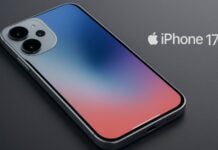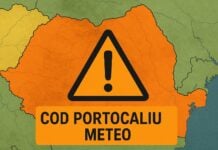[youtube]http://www.youtube.com/watch?v=ZA6m2fxpxZk[/youtube]
Invoked computing este un concept dezvoltat de catre o echipa de cercetatori ai unei universitati din Tokyo, concept care poate transforma orice obiect obisnuit intr-un telefon mobil, calculator, etc. Cercetatorii folosesc o noua tehnologie pentru a proiecta diverse functii ale unor aparate electronice pe obiecte obisnuite pe care le intalnim aproape oriunde. Pentru a demonstra intregul concept o banana a fost transformata intr-un telefon mobil iar o cutie de pizza a fost transformata intr-un ecran touchscreen cu care utilizatorul poate interactiona.
In this project we explore the reverse scenario:a ubiquitous intelligence capable of discovering and instantiating affordances suggested by human beings (as mimicked actions and scenarios involving objects and drawings). Miming will prompt the ubiquitous computing environment to “condense” on the real object, by supplementing it with artificial affordances through common AR techniques.
Practic totul se bazeaza pe o combinatie intre realitatea augmentata si tehnici de proiectare a imaginilor si sunetelor iar rezultatul il aveti in imaginile de mai sus. Desigur ca asemenea tehnologii sunt acum disponibile doar sub forma de prototipuri snu pot fi utilizate de orice persoana din lumea larga. Ideea este interesanta, aste una “de viitor” insa acum depaseste ceea ce majoritatea isi imagineaza ca poate face un calculator.
An example: taking a banana and bringing it closer to the ear. The gesture is clear enough: directional microphones and parametric speakers hidden in the room would make the banana function as a real handset on the spot. To “invoke” an application, the user just needs to mimic a specific scenario. The system will try to recognize the suggested affordance and instantiate the represented function through AR techniques (another example: to invoke a laptop computer, the user could take a pizza box, open it and “tape” on its surface).”






























